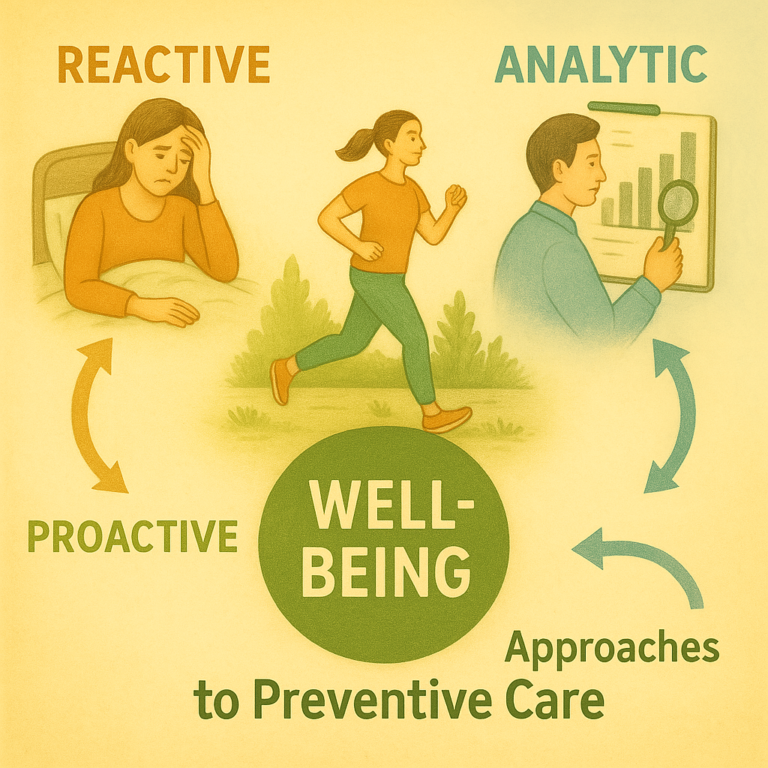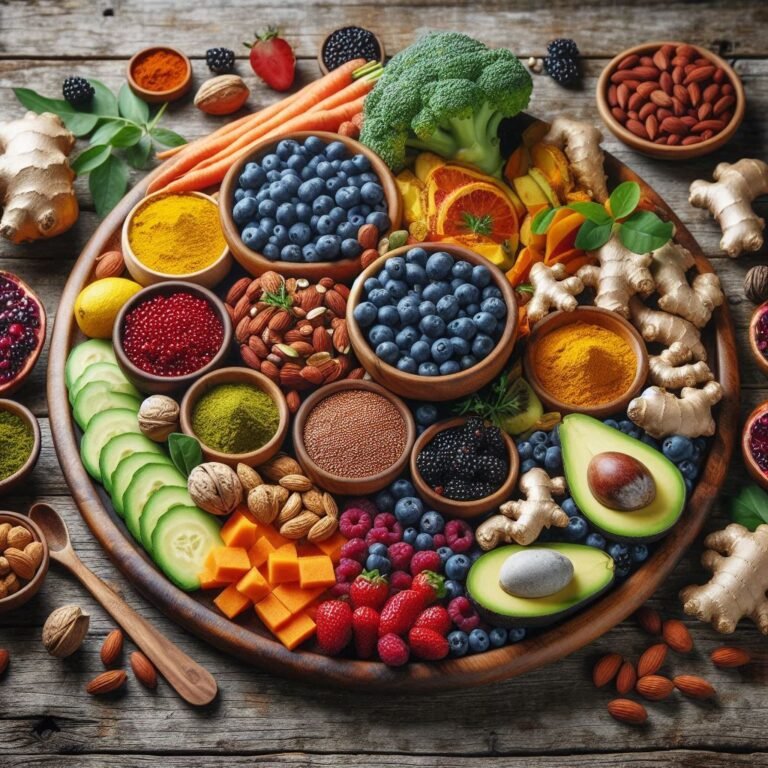Which material is pan made of or coating is on our cooking pan we use, makes huge difference in nutrition preserved in our food cooking process. Other than nutrition, we need to look at use of energy, cost and availability as deciding factors – to find affordable & healthy cookware.
It is not about cookware ONLY, it is about healthy eating – cooking, food storing, food warming, and serving.
Now you are wondering which one is the best material for cookware? What is healthiest dinnerware material? What is healthiest container material to store cooked food?
Let us learn that all.
There is an old saying: “Cook in Brass, eat in Bronze and drink in Copper“.
Why healthy cookware?
- Selecting proper cookware is an important part of cooking hygiene.
- Cookware material can react to some food ingredients we use and add toxins in our food, ends up in our body.
- That toxins may cause health problems; it can be life threatening too.
- We see lots of food poisoning cases in developing areas, half of them is caused by improper cooking hygiene.
Living in the now, we need more than just cooking and eating where most of the meals are prepared ahead of the time.
We also need to consider healthy storage & dinnerware options; for food storing, warming & eating-drinking use.
We need best options to store pre-made food at room temperature, in fridge, in freezer, and warm it up.
As we have so many options now a days, it is not so easy to come up with the correct one.
Let us see pros and cons of different material cooking pans- pots, storing options and dinnerware.
1. Clay
Cooking in clay pots is healthiest way of cooking. in ancient times, people used to use only clay and ceramic pots and pans for cooking and eating.
Pros
- Clay pots preserve most of the nutrition and add a bit of earthy flavor.
- Clay pot preserves moisture, hence takes less oil in recipes.
- Clay pots are naturally alkaline, naturalizes food’s acidity.
- Clay has pores – air circulation, keeps food safe of mold and bacteria for longer time.
- Chemical free and biodegradable storage.
Cons
- It is not easily available now a days.
- Clay pots are fragile, hence cannot transport them easily.
- And we don’t have potters around everywhere.
- It is hard to find clay pots now a days in our locality.
- Fragile nature makes clay pots costly, reduces usability – as we need to by them often.

2. Brass
Food cooked in Brass cookware preserves ~90% of the nutrition, means food cooked in Brass is healthier than cooked in other metals.
Pros
- Brass may infuse trace minerals in food.
- Copper in Brass has antimicrobial property.
- Brass helps to balance all doshas – Kapha, Pitta and Vata.
- Brass is best choice of metal for cooking foods like porridge, rice and lentils.
Cons
- However, Brass reacts with acids; therefore Brass is not a good choice for food with acidic ingredients like tomatoes, lime, lemon in recipe.
- Brass can oxidize and affect taste and safety of food.
- Brass does not work on induction cooktops.
- Brass needs coating of tin, which need to be replaced periodically.
3. Bronze
Bronze is about 88% copper, inherits properties of copper. Bronze is similar to Brass in some properties.
Pros
- Thermal distribution helps cook evenly.
- May release copper in food.
- Bronze is good choice for dinnerware.
- Corrosion resistance in water.
Cons
- Just like Brass, Bronze also reacts with acidic food, should not use for long term cooking or storage.
- Requires regular coating.
- Bronze is not working with induction cooktops.
4. Copper
Copper cookware has most of benefits that are seen in Brass and Bronze.
Pros
- Copper has high heat conductivity, means less energy lost.
- Copper surface is naturally antimicrobial.
- Drinking water kept in copper utensils, balances Doshas and also does detoxifying affect.
Cons
- Copper also releases trace copper in food and drink.
- Excessive copper in body can lead to health problems like nausea, liver damage.
5. cast Iron – enameled cast iron
Cast iron pans has high heat retention, means once hot – maintains temperature for longer period – Ideal for frying.
Pros
- Versatile – can be used on all type of cooktops, including open fire like campfire.
- Cast iron pans are affordable & durable.
- Adds iron to the food – beneficial for people with anemia.
Cons
- Needs regular seasoning, unless use enameled cast iron instead.
- Heavy weight.
- Pan handle also gets hot, need to use care while handling.
- Not dishwasher safe, hand wash only.
- Enameled cast iron is prone to crack, can not use it in dry heating.
- Enameled cast iron is costly.
6. Aluminum
Aluminum is introduced in cooking pan after clay and copper-based metals.
Pros
- It is light weight.
- Good heat conductivity.
- Affordable.
- Easily available.
Cons
- Reacts to acidic food.
- Not durable, bends & scratches easily.
7. Steel
Stainless steel is versatile in cooking – can be used to do all kind of cooking. Carbon steel pans need regular seasoning.
Pros
- Durable – resistance to scratching and corrosion.
- Easily available everywhere.
- Non-reactive to food.
- Dishwasher safe.
Cons
- Poor heat conductivity unless it has an aluminum or copper core.
- Overheating may cause discolored lines.
8. Ceramic & Glass
Ceramic & Glass pans are not that common in cooking; it has a special spot in baking.
Pros
- Surface does not react to food.
- It is oven safe and microwave safe.
Cons
- Fragile -breaks or chips easily.
- Ceramic pans not be used on cooktops, it is for oven only.
- Glass pans have limited use in stovetop cooking.
9. Disposable options
You have lots of options available in disposable category in warming, serving utensils and dinnerware.
- Aluminum foil is handy when you need to use it as tabletop warmer or baking large quantity food.
- Plastic and foam are out of trend now as people are choosing more environment friendly options.
- There are biodegradable paper plates and cups are in trend, a bit on costly side though.
Healthy cookware – leading ones
As you need to consider many factors while selecting healthy cookware – dinnerware, here is the best ones for each category.
Cooking
- Nutrition retention: stainless steel, aluminum with steel coat.
- Affordable: stainless steel, aluminum.
- Energy saver: stainless steel with copper core or aluminum core, cast iron.
- Flavors: Best one is clay, followed by brass.
- Versatile: stainless steel, aluminum with steel coat.
- Durable: cast iron, stainless steel.
- Availability: stainless steel, cast iron.
Food storage: refrigerate in glass, freeze in plastic or aluminum.
Warm in (cooktop – microwave – oven)
- Nutrition retention: stainless steel, glass, ceramic.
- Affordable: stainless steel, plastic, cast iron.
- Energy saver: stainless steel with copper core or aluminum core, plastic, cast iron.
- Flavors: stainless steel, glass, ceramic.
- Versatile: stainless steel, glass, cast iron.
- Durable: stainless steel, plastic, cast iron.
- Availability: stainless steel, plastic, cast iron.
Best dinnerware: glass, stainless steel, biodegradable plates – if looking for a disposable option.
Healthy Cookware – winners
Cooking: stainless steel (brownie points for – copper core or aluminum core)
Food storage: glass.
Food warming: stainless steel – on cooktop, glass in microwave, cast iron in oven, aluminum foils – disposable option.
Food serving: Glass, disposable option – biodegradable.
Drink: non-citrus drinks in copper bottle, citrus drinks in stainless steel.
Honorable mention: Clay pots to support local potters and promote environment friendly option.
I did not consider known harmful coating options here and included non-toxic coating options with its base metal.




